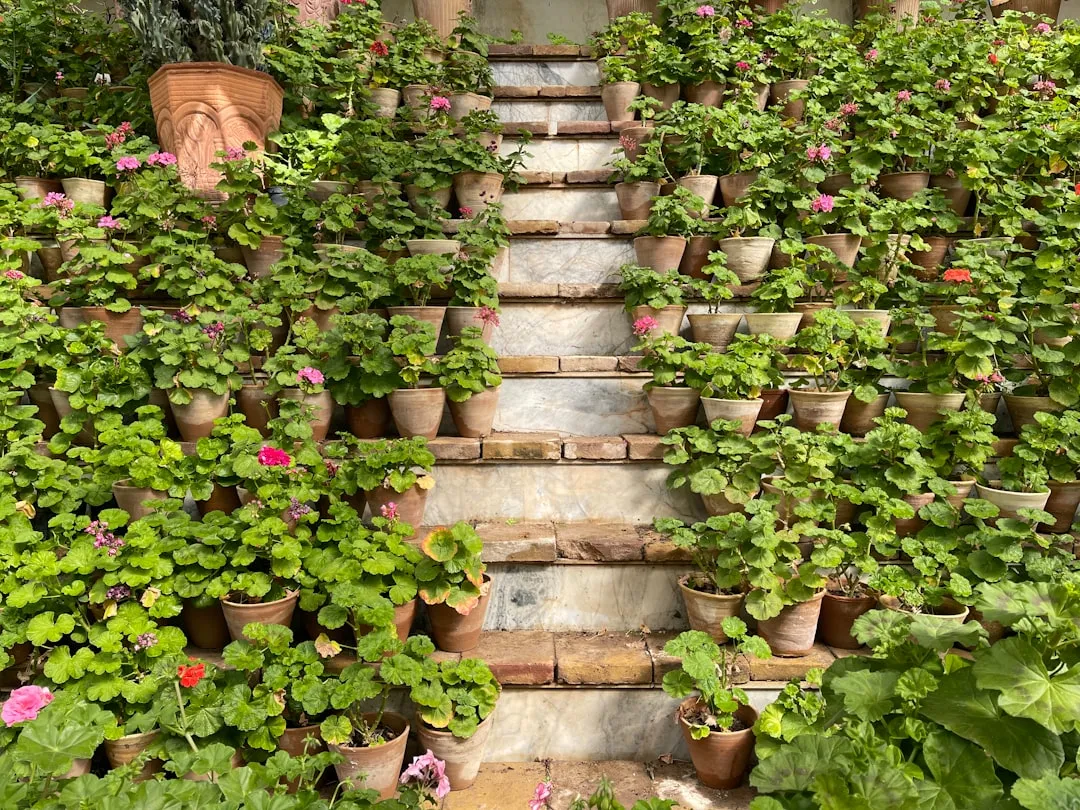The Secret to a Summer - Long Floral Display: Begonias

Annual flowers bring a burst of color and life to any garden, and begonias are among the most popular choices for those seeking easy - care yet stunning blooms throughout the summer. In this guide, we'll explore everything you need to know about planting and growing begonias to ensure a vibrant and long - lasting floral display.
First, let's understand the different types of begonias. There are several varieties, including tuberous begonias, fibrous begonias, and rhizomatous begonias. Tuberous begonias are known for their large, showy flowers and are often used in hanging baskets or containers. Fibrous begonias are more compact and are great for borders and edging. Rhizomatous begonias have unique foliage and are often grown as houseplants or in shady garden areas.
When it comes to choosing the right location for your begonias, they generally prefer partial shade. While they can tolerate some sun, too much direct sunlight can scorch their leaves and fade their flowers. A spot that gets morning sun and afternoon shade is ideal. If you're planting them in containers, make sure they are placed in a location that meets these light requirements.
Soil preparation is crucial for the healthy growth of begonias. They thrive in well - drained, fertile soil. You can improve the soil by adding organic matter such as compost or peat moss. This will help retain moisture while also providing essential nutrients. If you're planting in containers, use a high - quality potting mix that is specifically formulated for flowers.
Now, let's talk about planting. If you're starting with tuberous begonias, you'll need to plant the tubers in the spring. Plant them with the concave side up, about 2 - 3 inches deep in the soil. Space them according to the variety, usually about 8 - 12 inches apart. Fibrous begonias can be planted as seedlings or cuttings. Plant them at the same depth as they were in their original containers and space them accordingly.
Watering is an important aspect of begonia care. They like to be kept evenly moist but not waterlogged. Overwatering can lead to root rot, while underwatering can cause the plants to wilt and their flowers to drop. Water the plants at the base to avoid getting the leaves wet, as wet leaves can be more prone to diseases. In hot, dry weather, you may need to water more frequently.
Fertilizing your begonias will help them produce more flowers. Use a balanced, water - soluble fertilizer every 2 - 3 weeks during the growing season. Follow the instructions on the fertilizer package for the correct dosage. You can also use a slow - release fertilizer at the beginning of the season to provide a steady supply of nutrients over time.
Deadheading is another important task. Removing spent flowers will encourage the plant to produce more blooms. Simply pinch off the faded flowers at the base of the stem. This will also keep the plant looking tidy and prevent it from wasting energy on producing seeds.
Pest and disease control is essential for a healthy begonia garden. Common pests that can affect begonias include aphids, spider mites, and whiteflies. You can use insecticidal soap or neem oil to control these pests. For diseases, such as powdery mildew and botrytis, make sure there is good air circulation around the plants and avoid overhead watering. If a disease does occur, you may need to use a fungicide.
As the summer progresses, you can enjoy the continuous display of beautiful begonia flowers. They come in a wide range of colors, including red, pink, white, orange, and yellow. You can mix different varieties and colors to create a truly spectacular garden.
In conclusion, growing begonias is a rewarding experience. With the right care and attention, you can have a garden full of gorgeous flowers all summer long. Whether you're a beginner or an experienced gardener, begonias are a great addition to any garden. So, go ahead and plant some begonias this season and enjoy the beauty they bring.